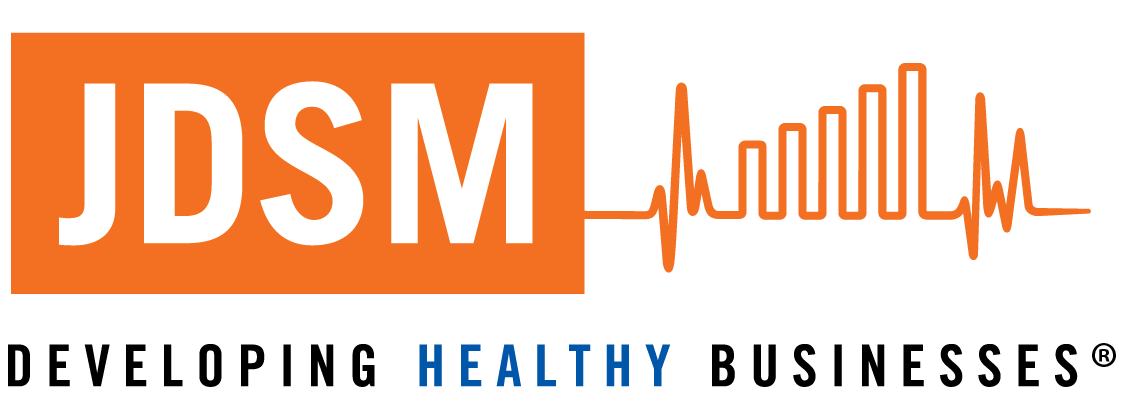I wanted to share a story from an experience with my first client. The owner had read Traction and immediately knew he was a Visionary. He also knew he couldn’t continue to operate his company the way he had been and needed to make changes. When we went through The Accountability Chart™, it became obvious we had a problem: No one wanted the Integrator seat.
UNDERSTANDING THE IMPORTANCE OF AN INTEGRATOR
After several failed experiences with bringing in outside chief operating officers (COOs), the owner had run the business for several years without one. It appeared no one wanted to report directly to him, not even his family members working in the business. That meant the leadership team didn’t have a true filter between them and the Visionary.
On The Accountability Chart, the Integrator role at times operates like the COO of a company. They provide a buffer between the Visionary and the rest of the leadership team. Integrators make sure everything is running smoothly in the business. And when there’s a disagreement during important decisions, the Integrator is the tie-breaker. Integrators provide the necessary balance to the Visionary’s energy, which is why companies need both leaders.
STAYING STUCK EQUALS FAILURE
With no one willing to step up into the Integrator role, this team was stuck. The leaders preferred the status quo of remaining in their siloed areas and operating autonomously. And even though the Visionary said he wanted to change, others didn’t feel safe risking themselves as his Integrator.
We hit an impasse and simply couldn’t move forward. Much of that resulted from the Visionary creating an environment where no one felt comfortable stepping into the role even if they would’ve excelled at it.
LESSONS LEARNED
I learned several important lessons from my experience with this leadership team.
#1 A STRONG VISIONARY NEEDS A STRONG INTEGRATOR
When you have a strong Visionary personality, the Integrator must have an equally strong personality. They have to be willing to enter the danger and refuse to accept the status quo. A strong Integrator must be willing to step up and challenge the Visionary without fear of reprisal.
#2 THE VISIONARY HAS TO LET GO WILLINGLY.
By not letting go, the Visionary doesn’t allow space for someone to step up and own the Integrator role. The Visionary also must create an environment where someone feels safe to do so. If they don’t do either, they’re setting the person up for failure.
#3 EOS® ISN’T FOR EVERYONE
At the end of the day, EOS won’t work for a business unless the leadership team is willing to accept change. The entire team has to be willing to enter the danger and be fully open and honest. Change can feel scary, but everyone must be willing to take a risk for the greater good of the organization. Without that, EOS just won’t work for them.
Even though people were open and honest to a certain degree, we were doomed from the start. When we talked about the best person to step into the Integrator role, no one was willing to take the risk. You can’t force someone to Get, Want, and have the Capacity (GWC™) for any role, especially one as important as the Integrator.
As a more seasoned EOS Implementer®, I don’t know that I would’ve done anything differently. Maybe I would’ve prepped the Visionary before the session and stressed his importance in the process. He had to be willing to create a safe space for people to step into a tough role. Ultimately, you can’t force someone to do or think anything. That can be a humbling realization for someone who wants to help people get everything they want from their businesses.


